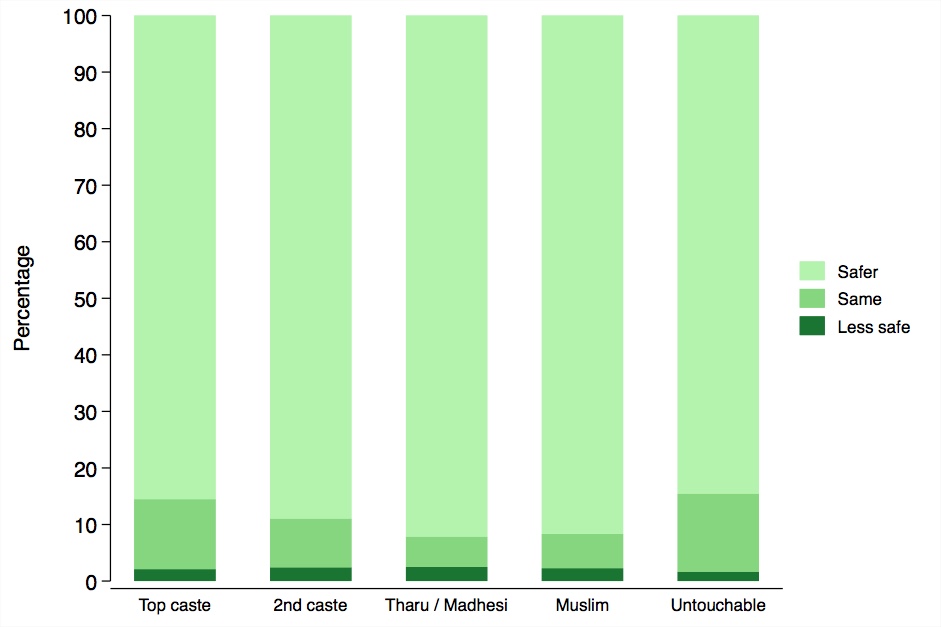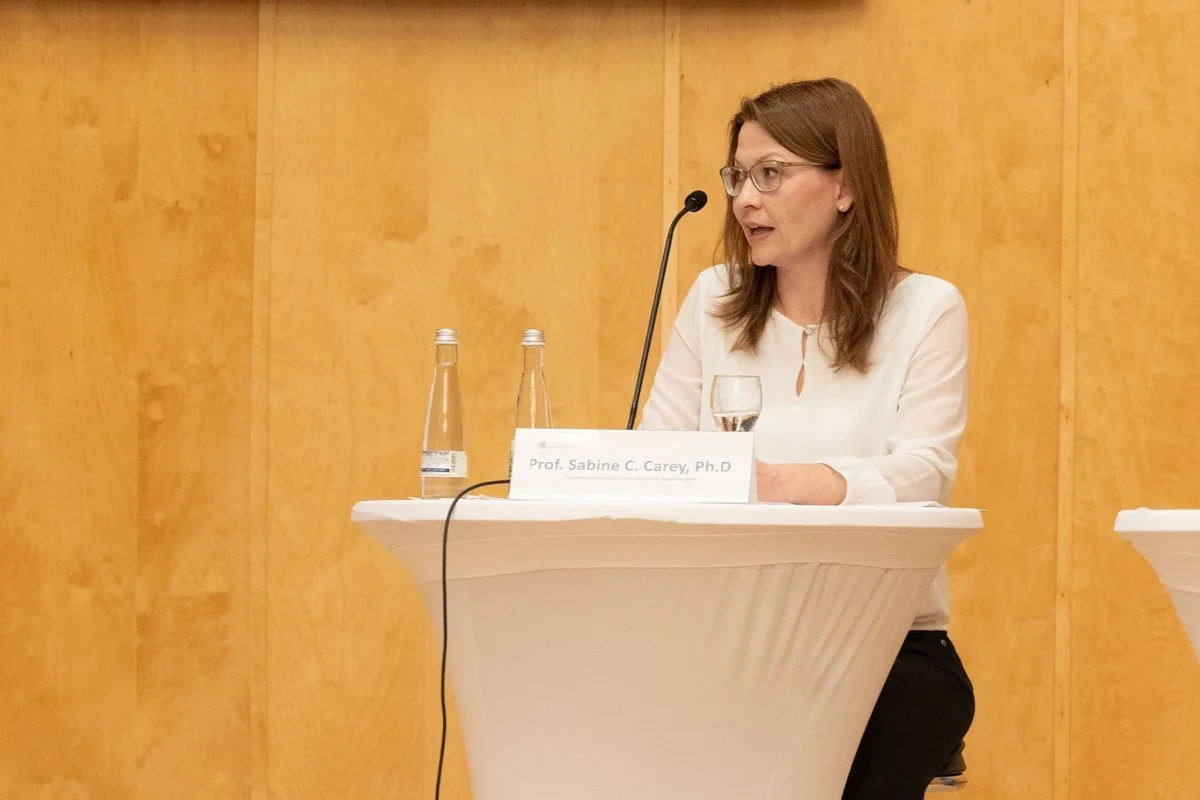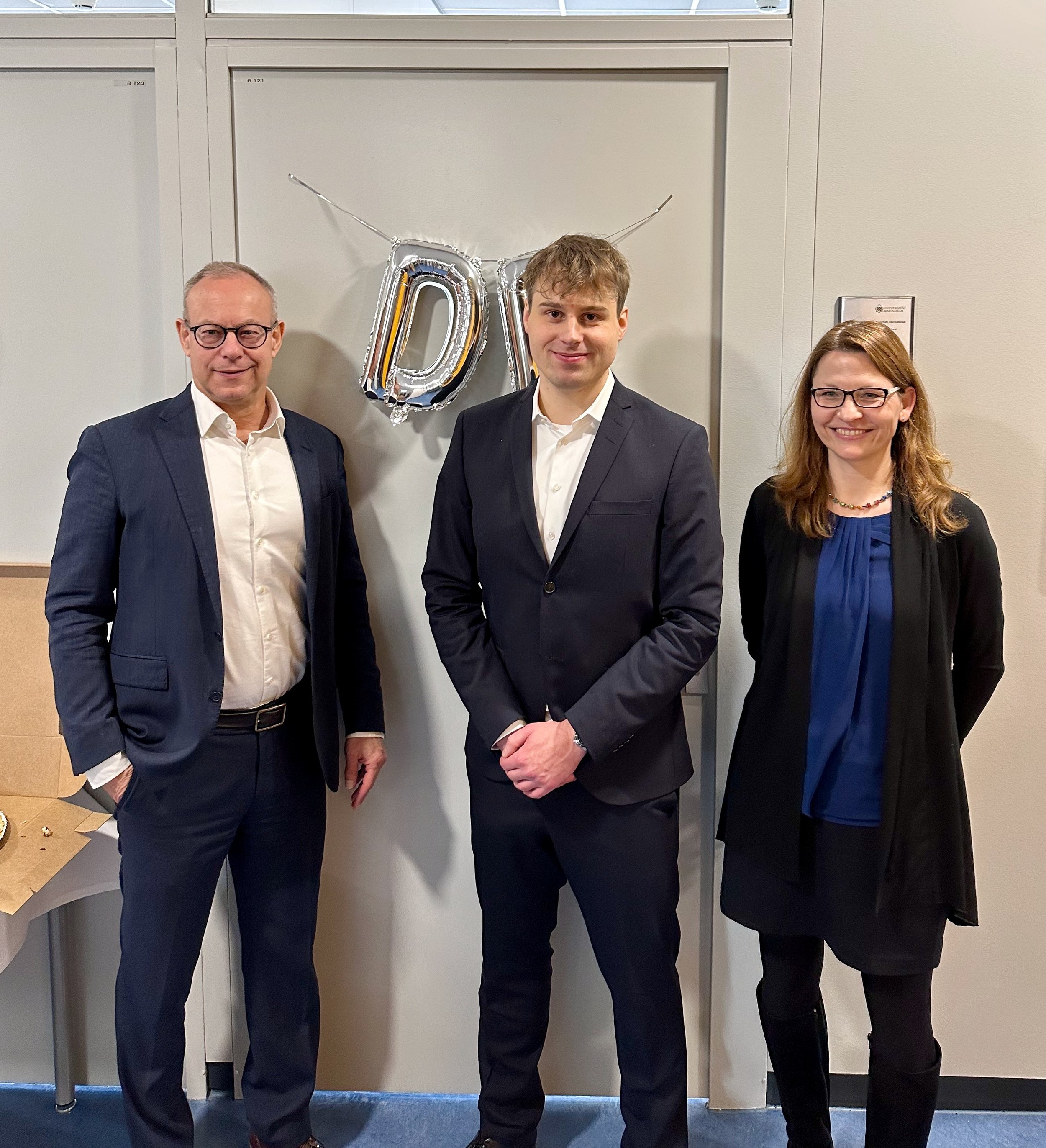Nepal
In 1996 a civil war broke out in the western region of Nepal when the Communist Party of Nepal (Maoist) rebelled against the monarchy. A decade-long armed conflict followed, which ended with the Comprehensive Peace Accord in 2006. After many years of protracted negotiations, 2015, Parliament passed a highly contested new constitution. Concentrating our survey on the region where the civil war started and fought most violently, we want to find out how the population assesses the quality of peace and threats to security a decade after the end of the war. The survey also includes questions about media consumptions, opinions toward press freedom and civil liberties to evaluate links between media exposure ad perceptions of peace.
The Survey
map of nepal and surveyed districts
In May 2018 we surveyed roughly 2,000 respondents across 10 districts in the western Terai and hill provinces 5, 6, and 7 (highlighted red in the map). The survey is representative at the district level and included a wide range of questions on the perceptions of security and stability, the security forces and on media consumption. It was implemented by our local partner Sharecast Initiative Nepal.
The survey was supplemented with semi-structured interviews with former members of the security apparatus, journalists and civil society representatives.
Different Aspects of Peace and Security
Despite recent unrests in the surveyed region, most respondents were optimistic about the overall political stability of the country. The majority supported the view that the country was heading towards peaceful times, irrespective of the ethnicity, caste or region of the respondent. When asked about whether they now feel safer, the same or less safe compared to the end of the war, an overwhelming majority of respondents reported improvements in personal safety.
Perceived projected political stability
Perceived change in personal safety since the end of the war
Armed Groups
We asked the respondents whether they had experienced a direct encounter with an armed group that was not the Nepali police or army since the end of the war. About 10% of our respondents reported such an encounter. Of those, the majority felt rather threatened by the group - in stark contrast to our finding in Sri Lanka. Most of those also thought that this group was somehow linked to the current government. For reasons of safety for the respondent and enumerator, we did not mention or ask for specific names of the armed groups.








